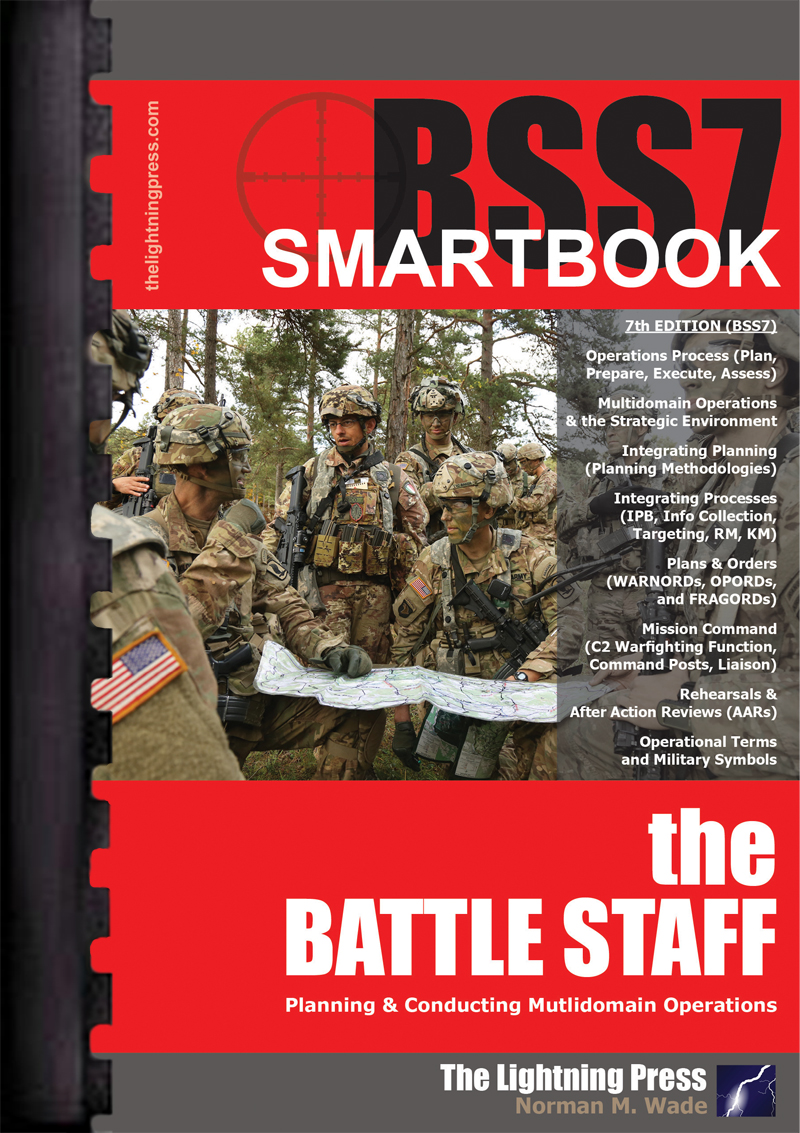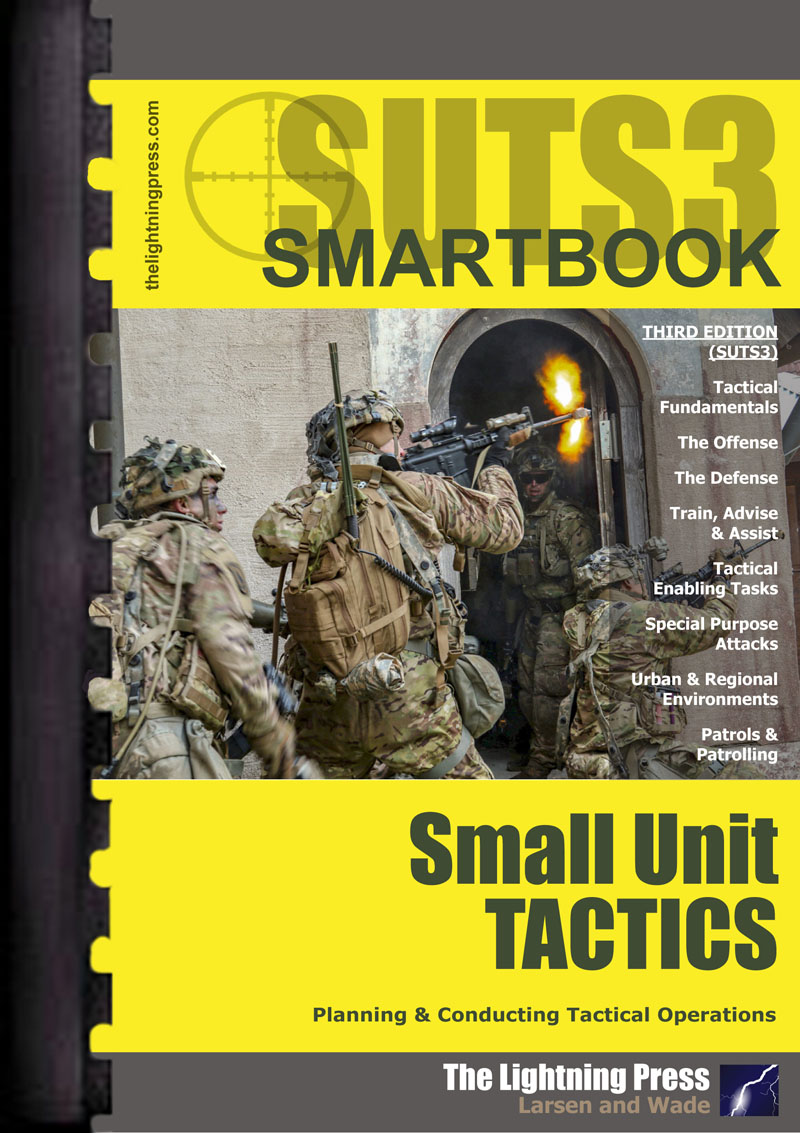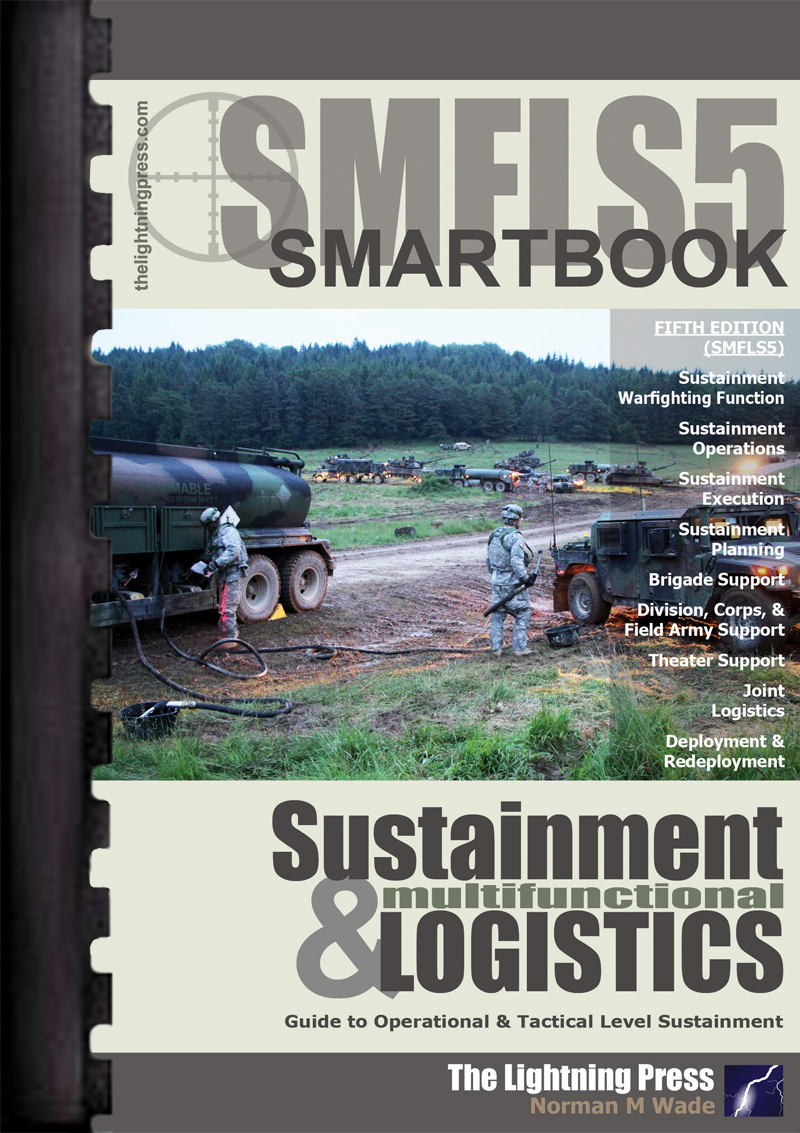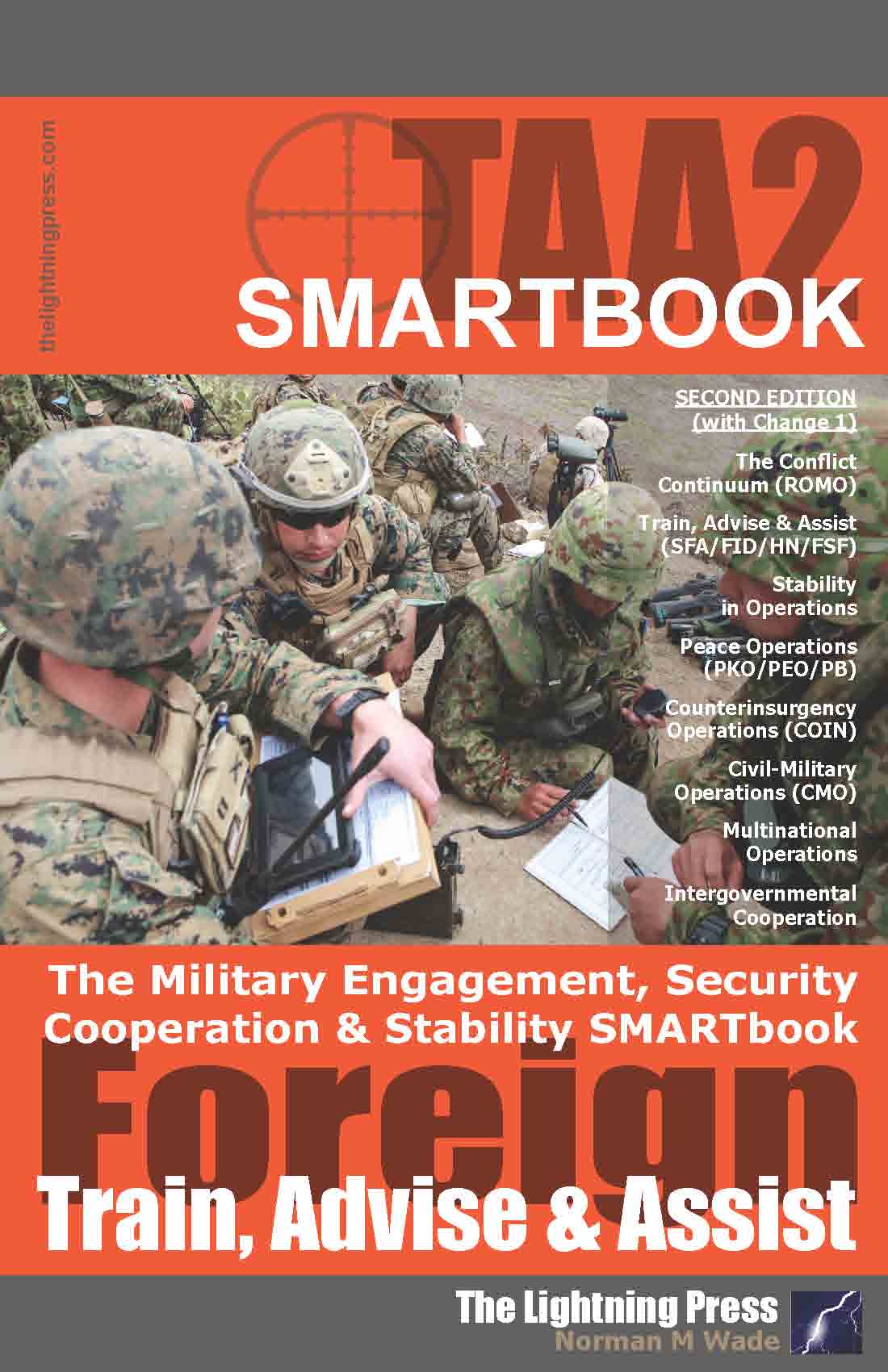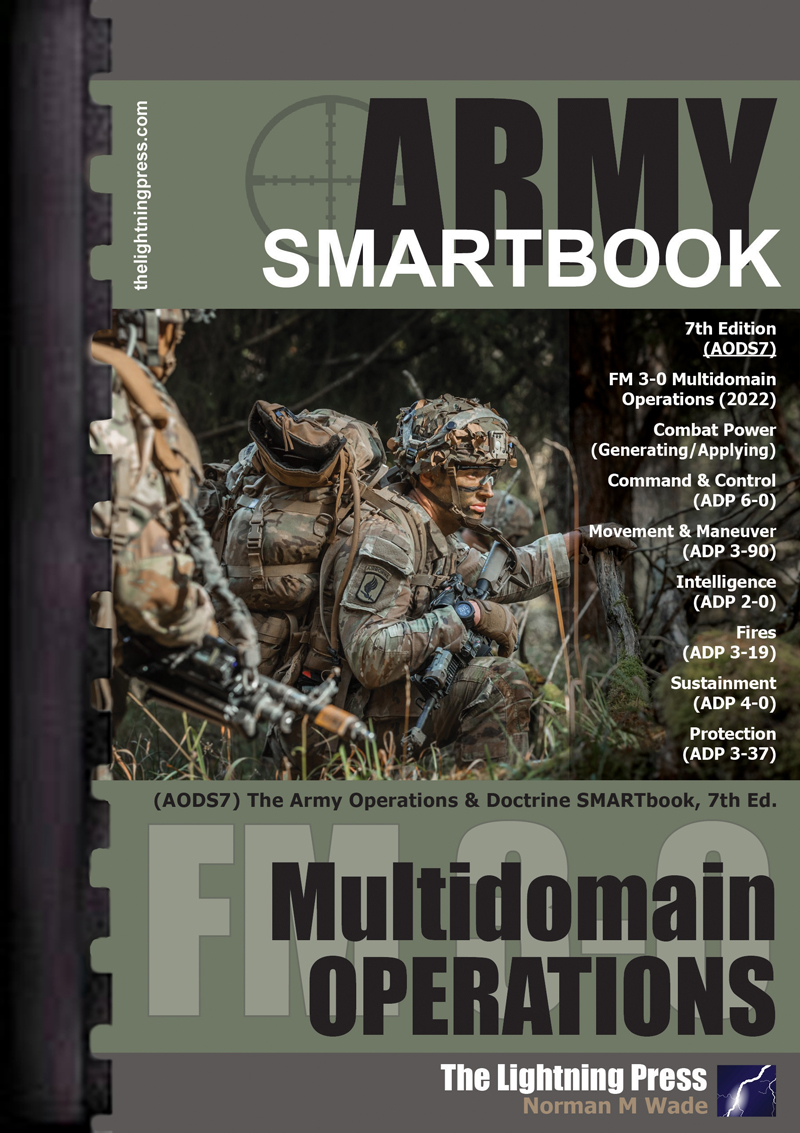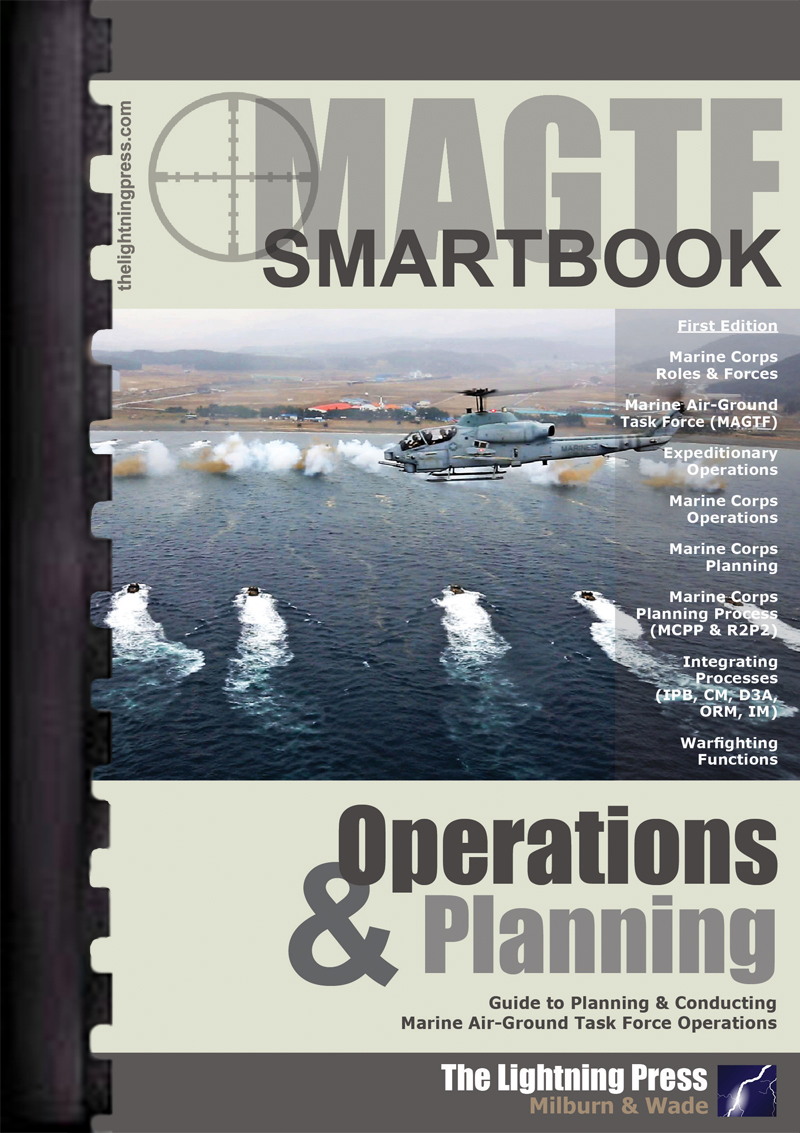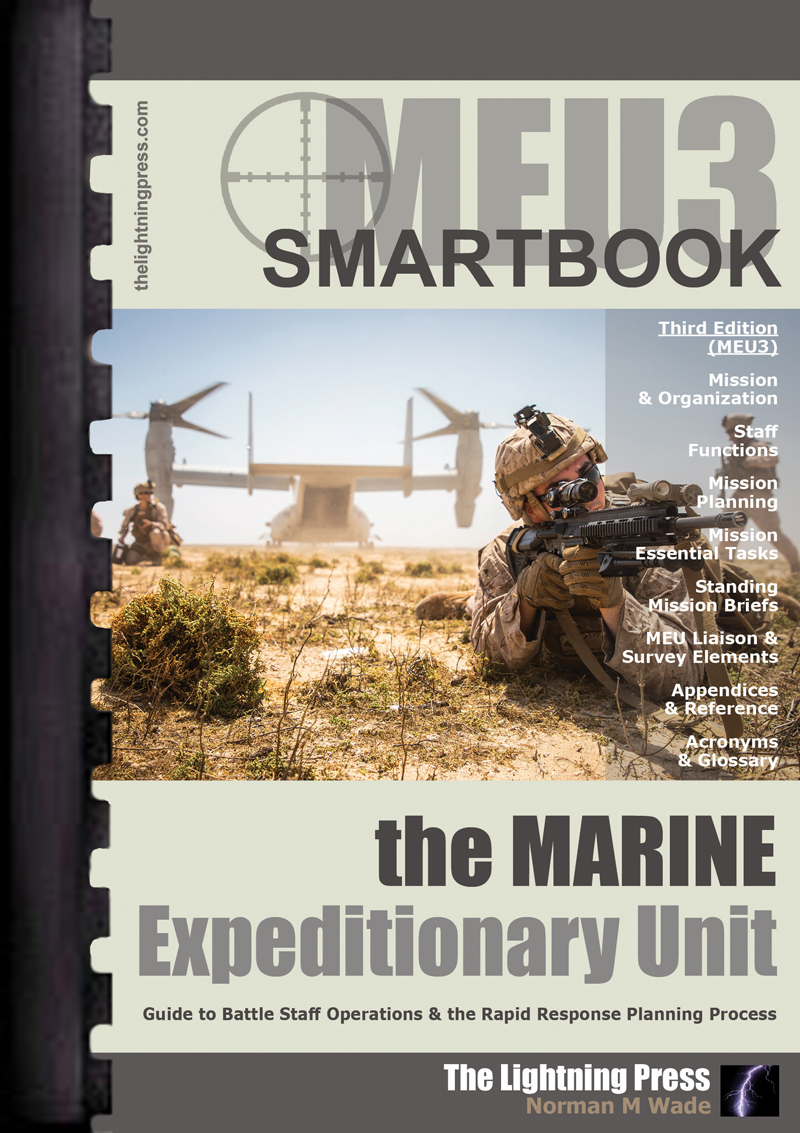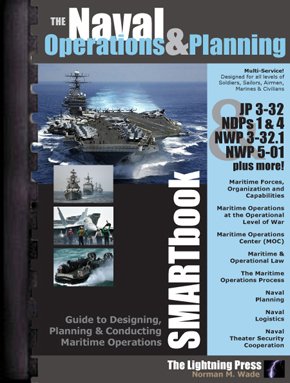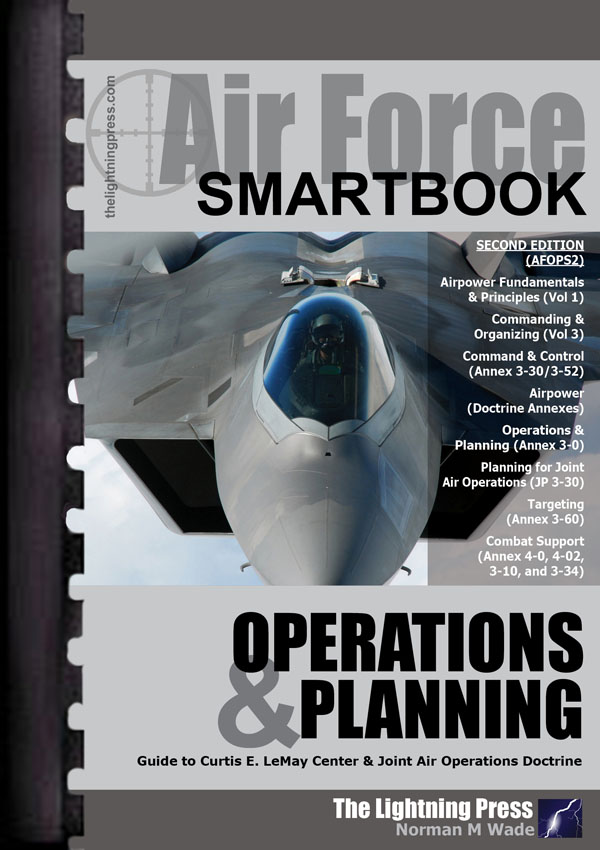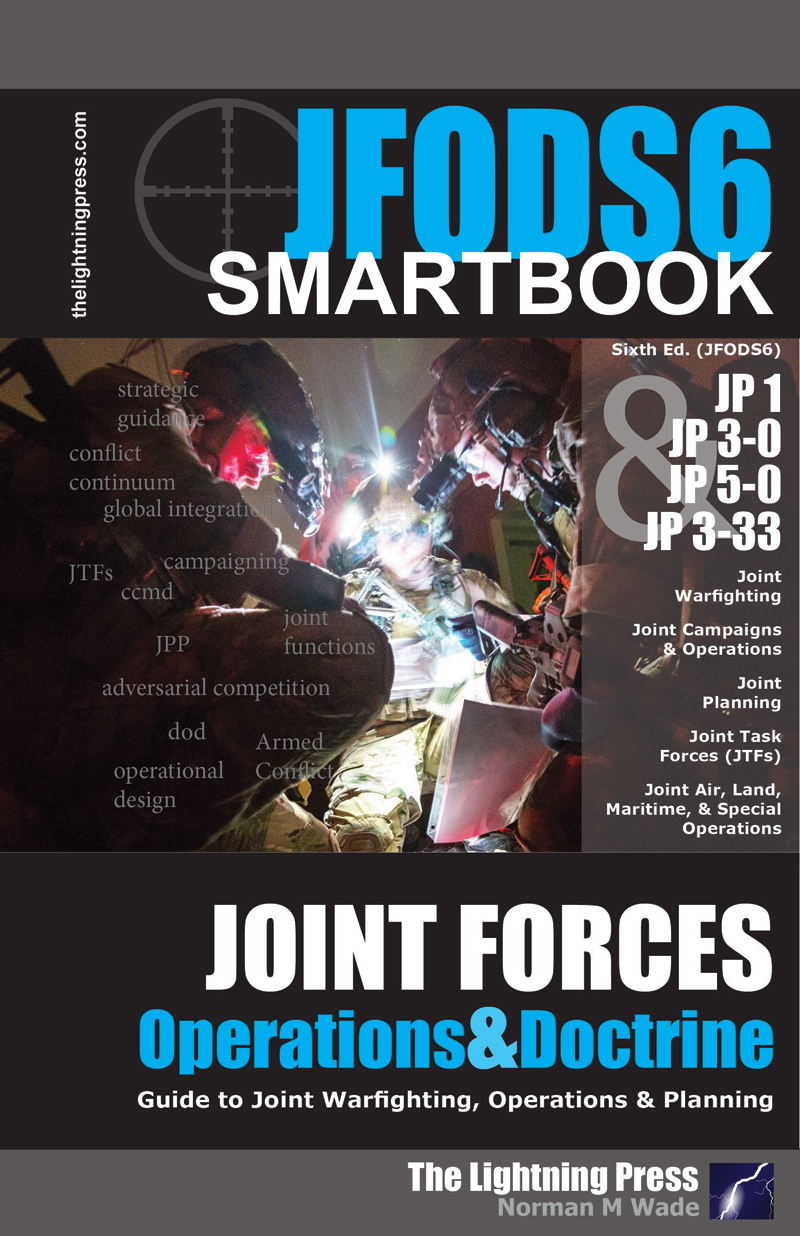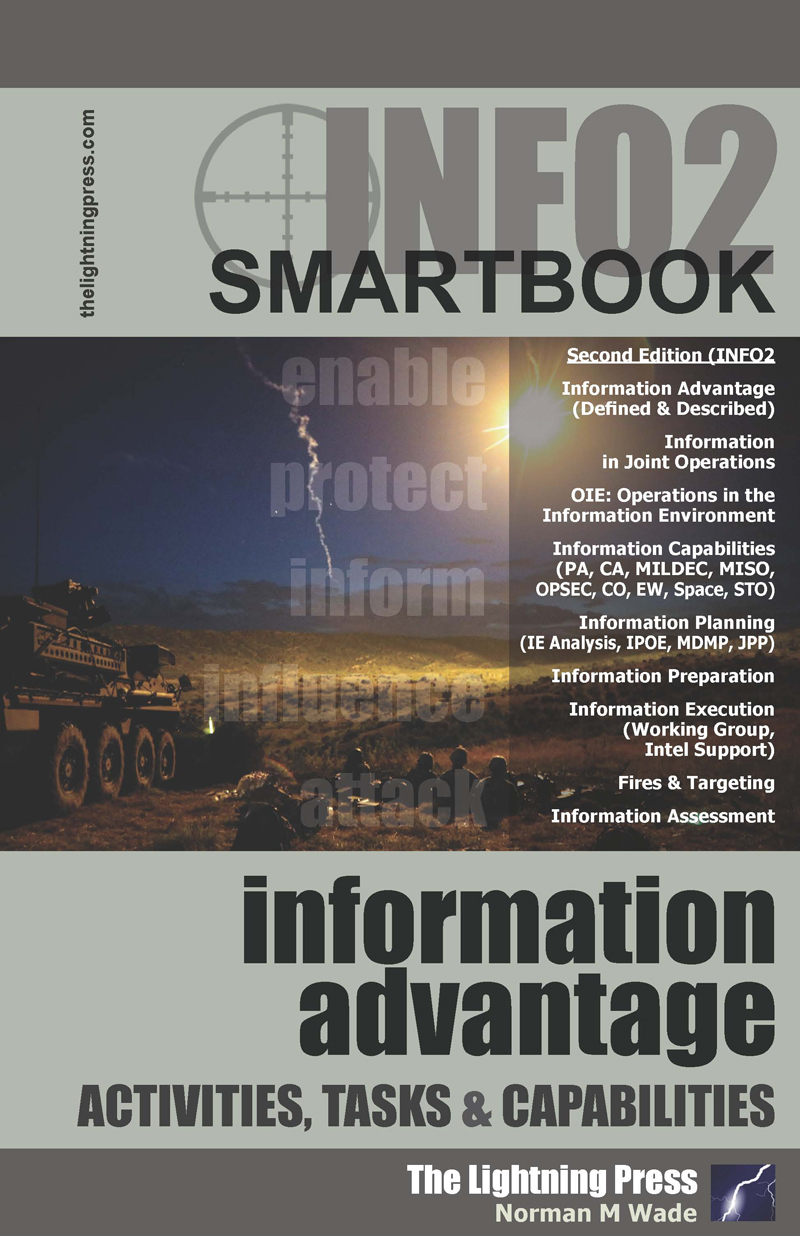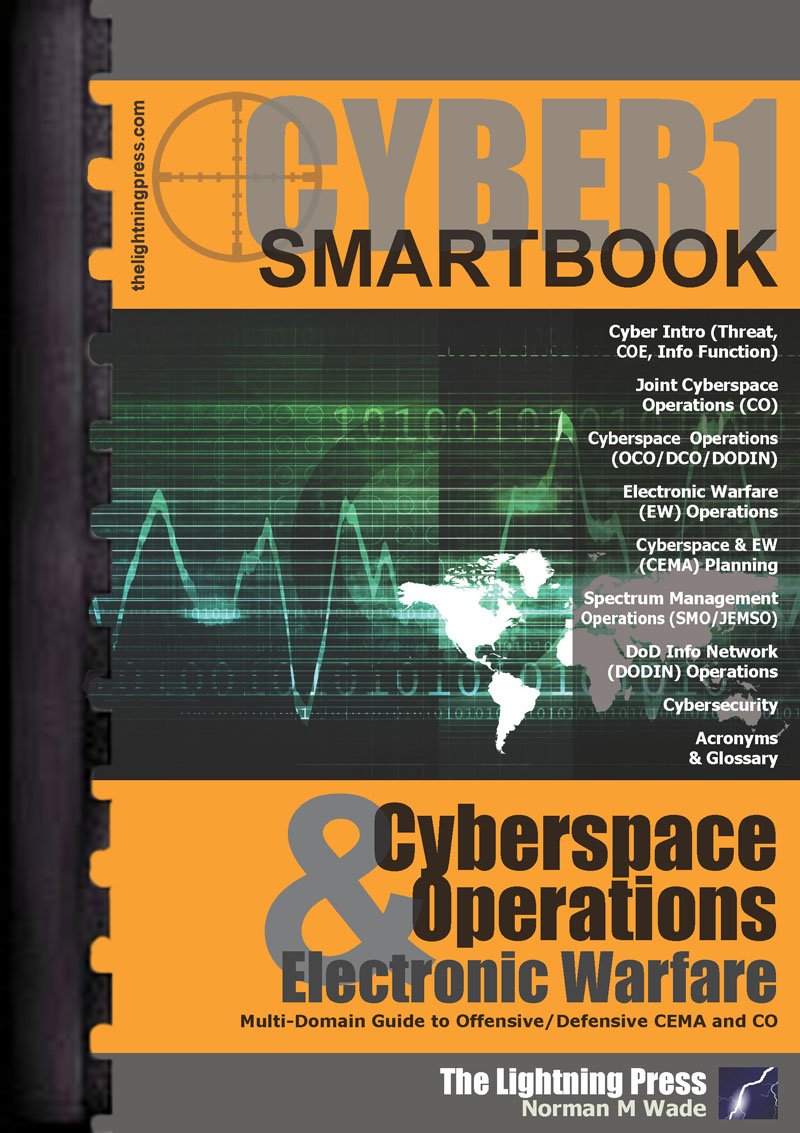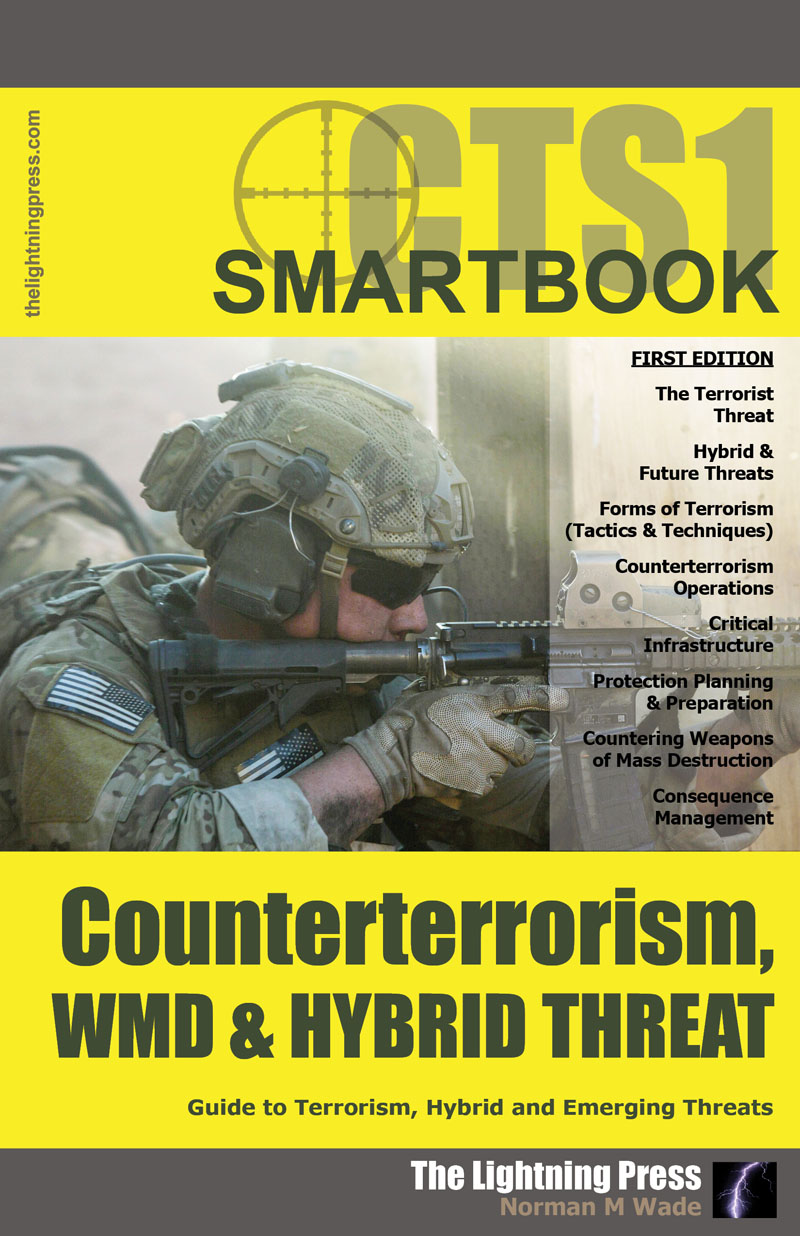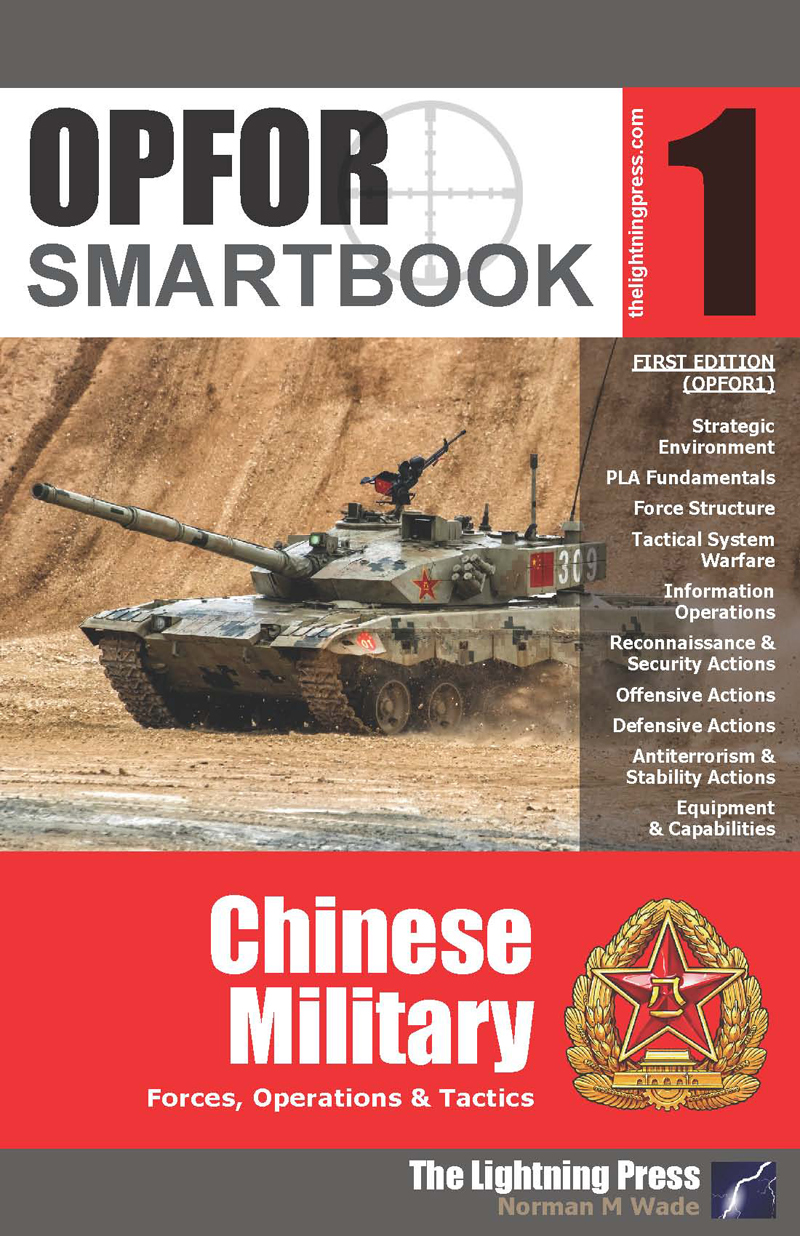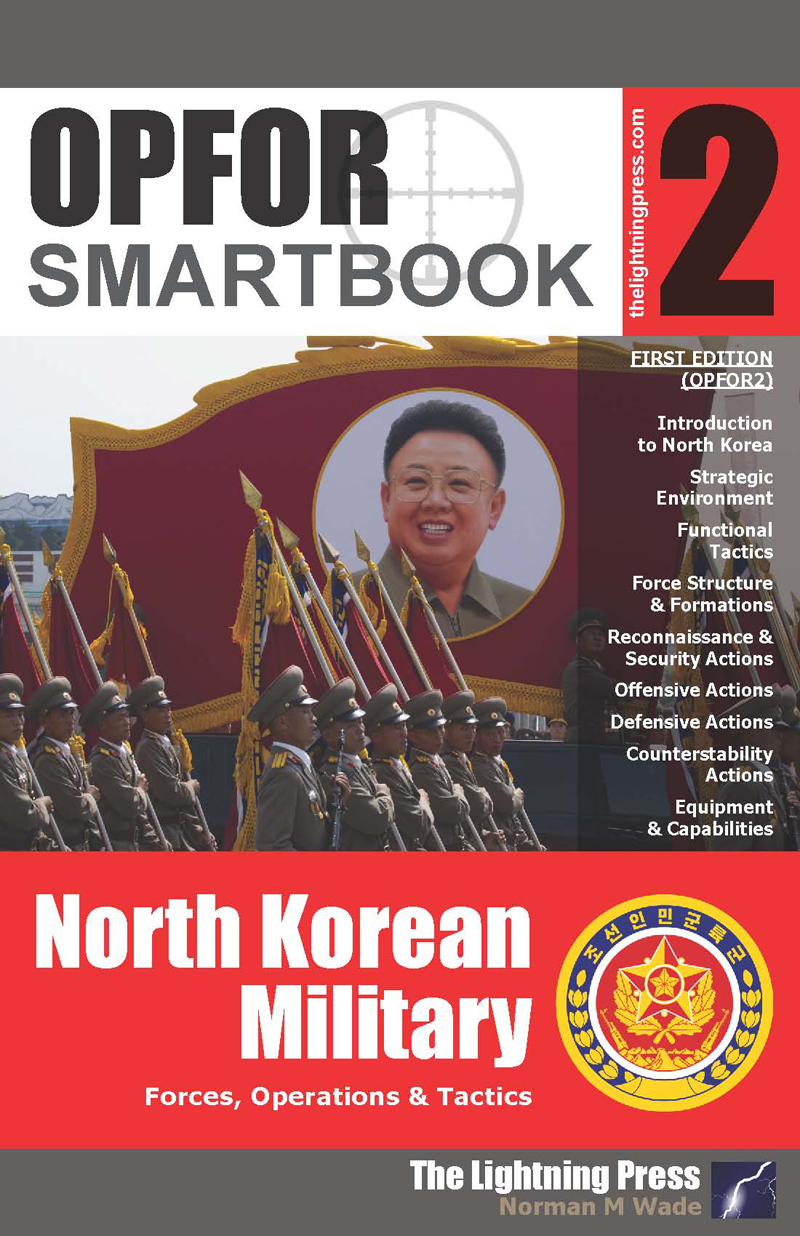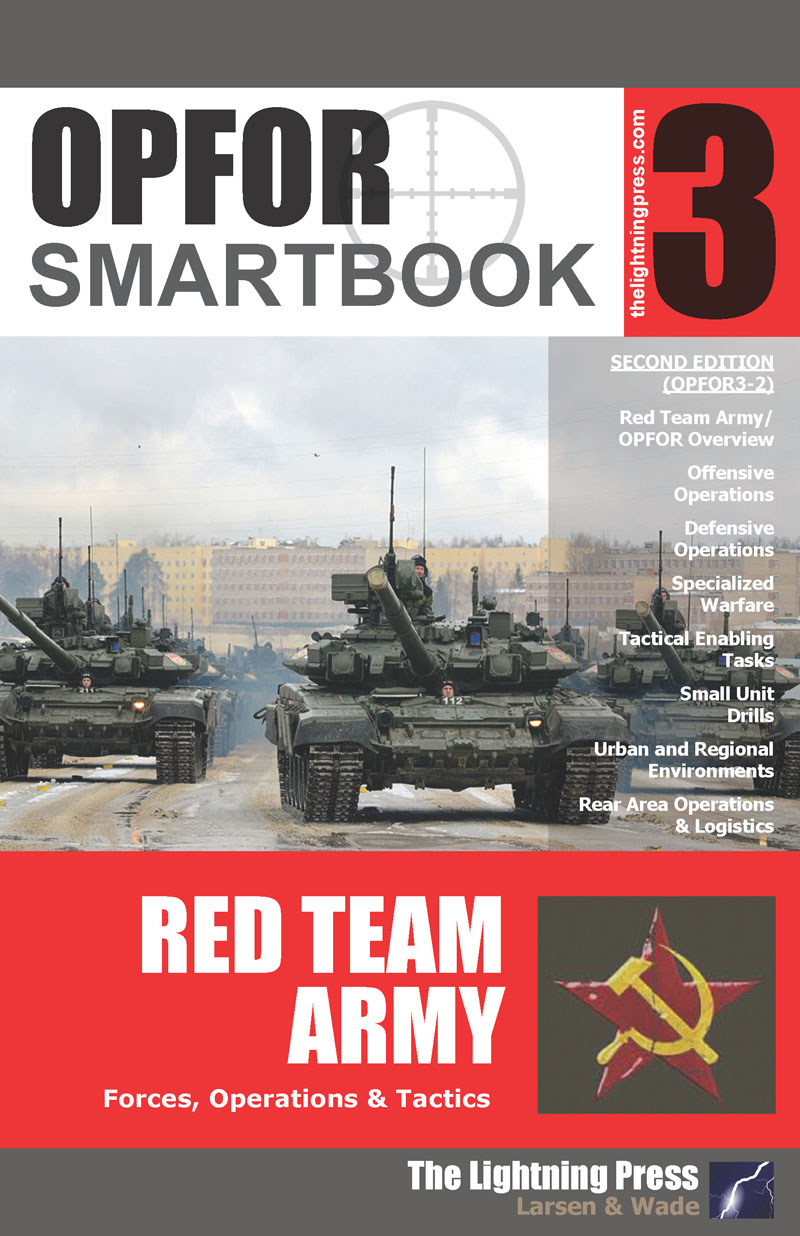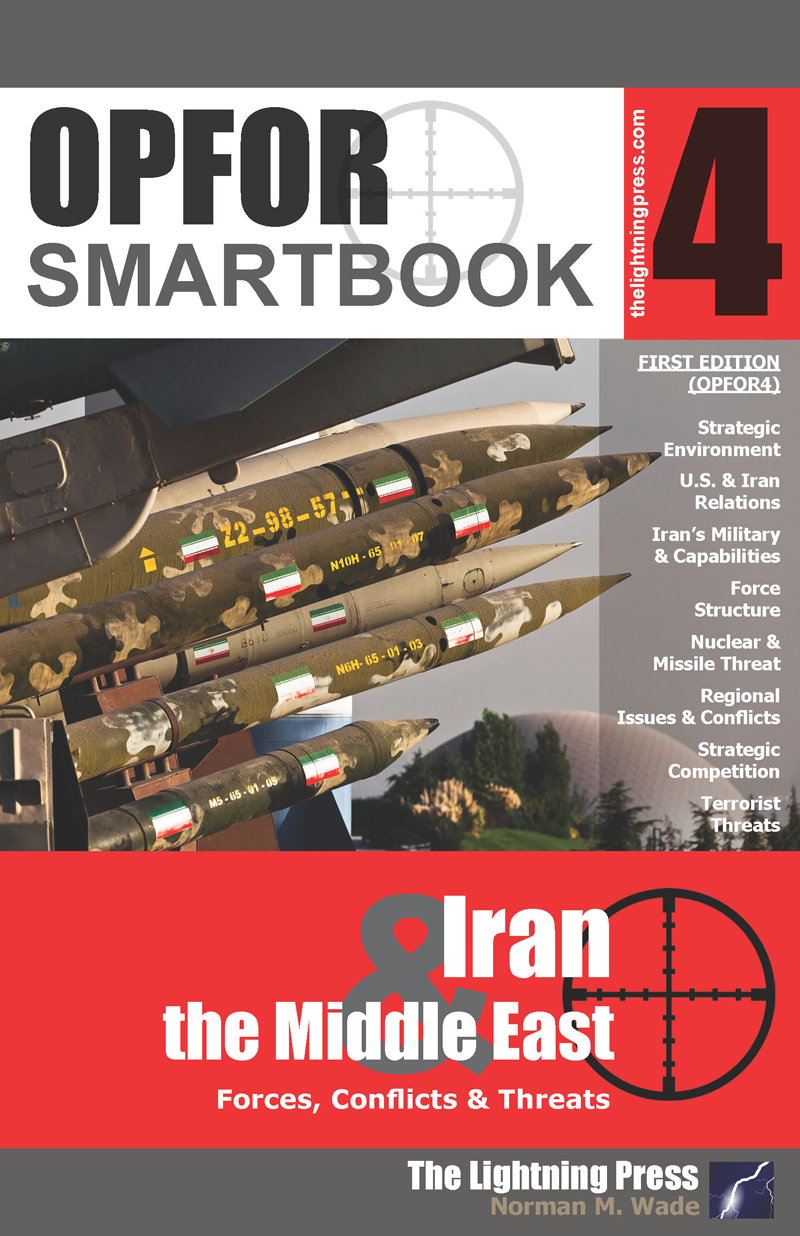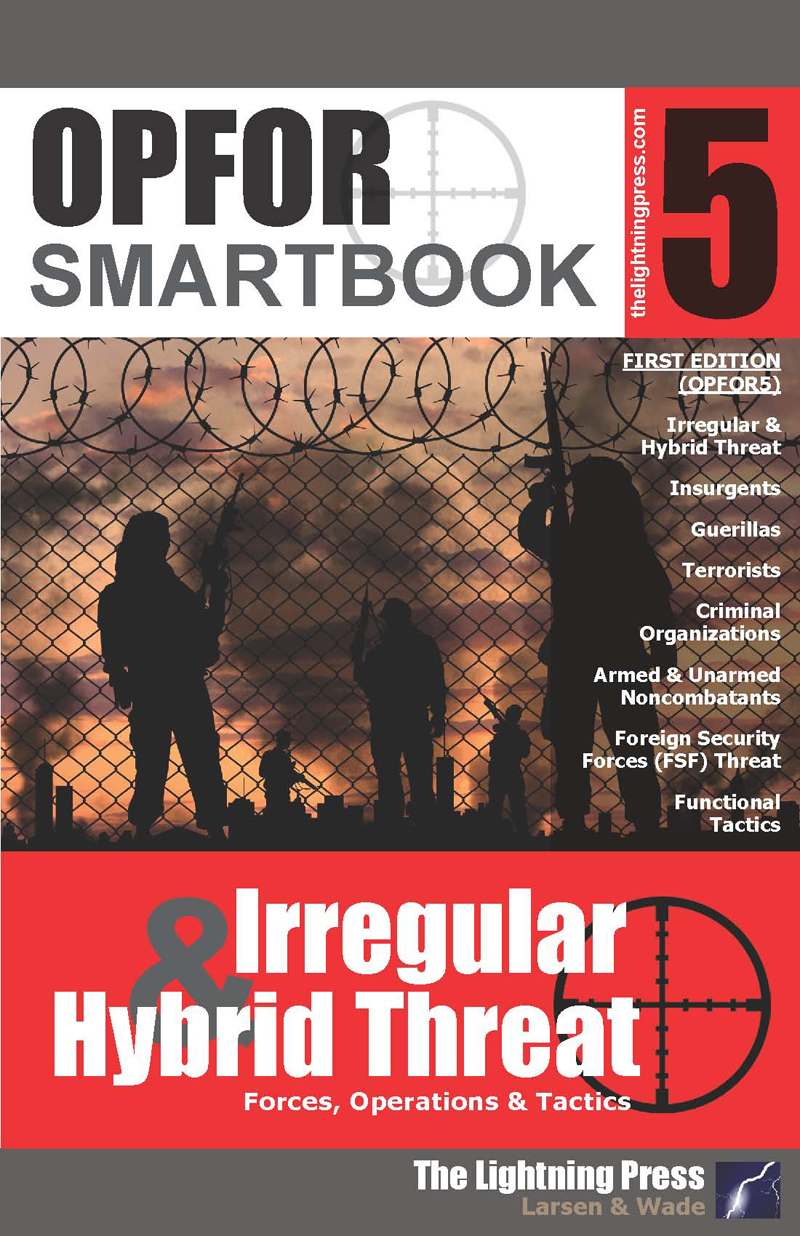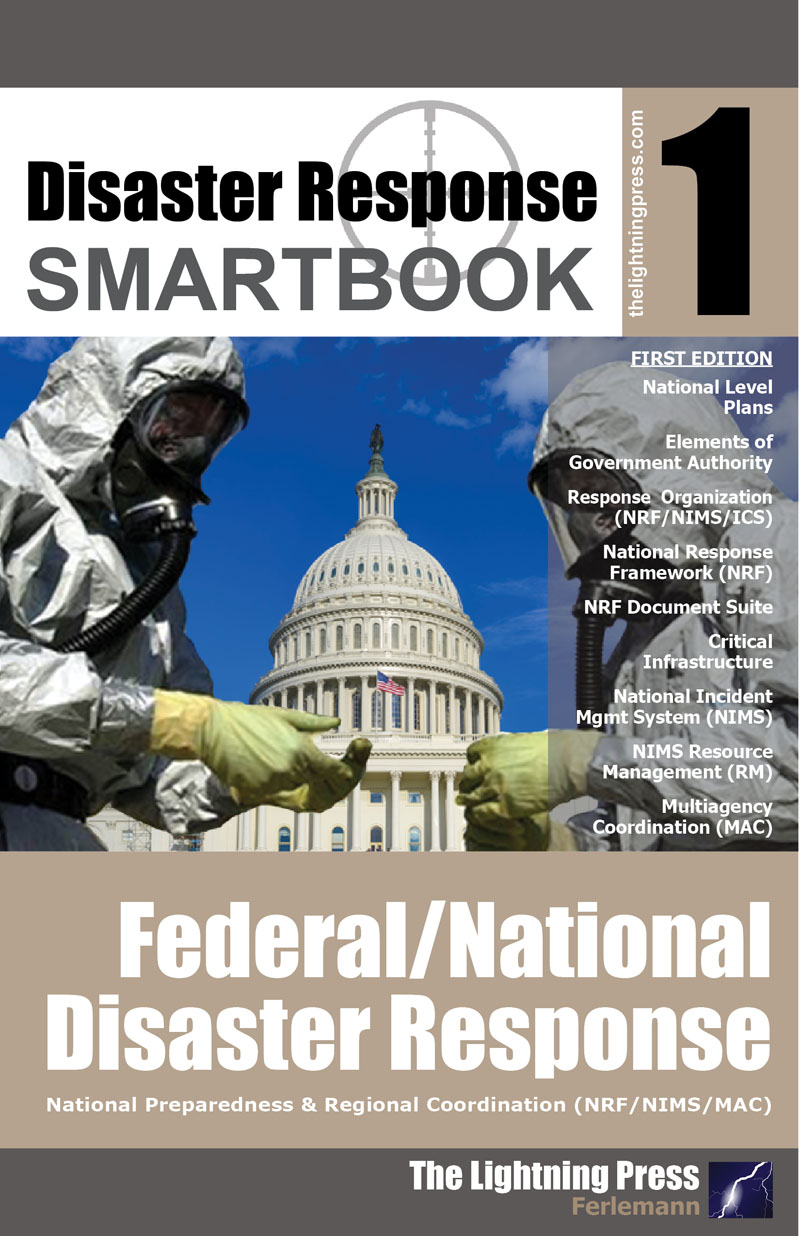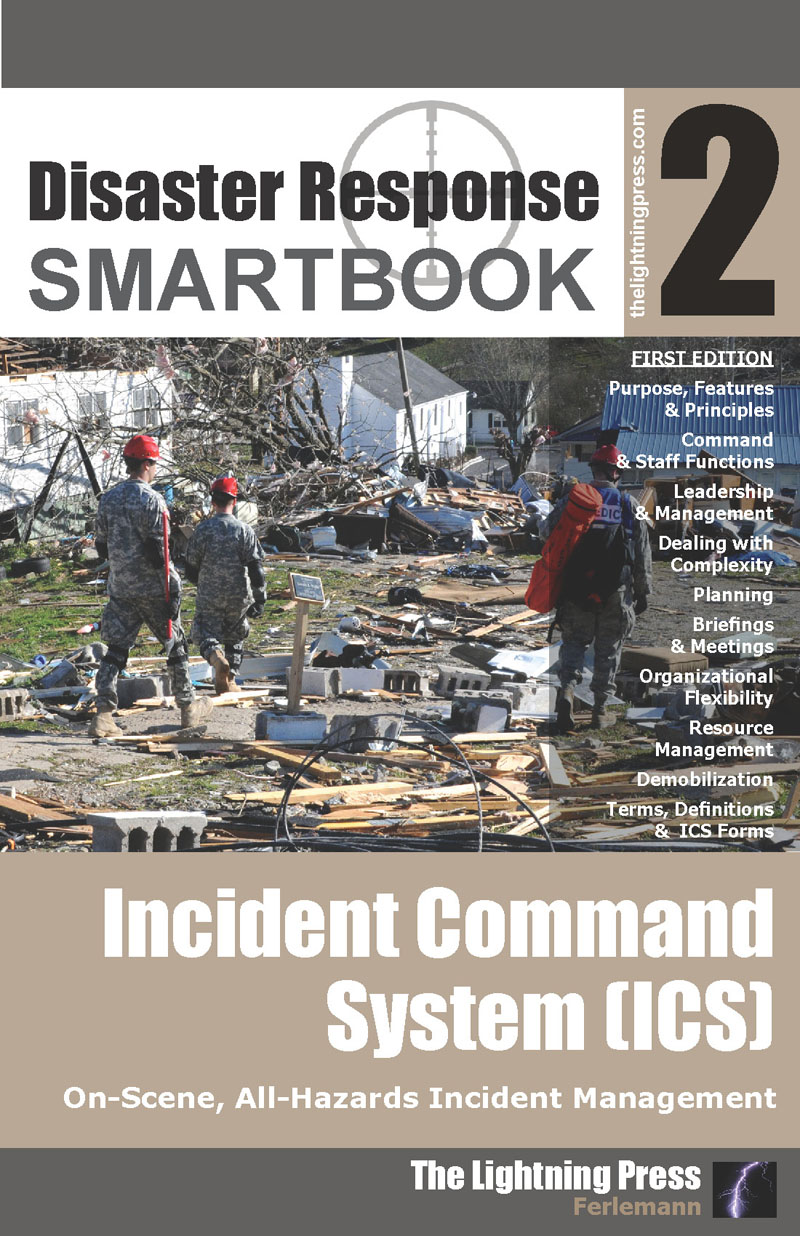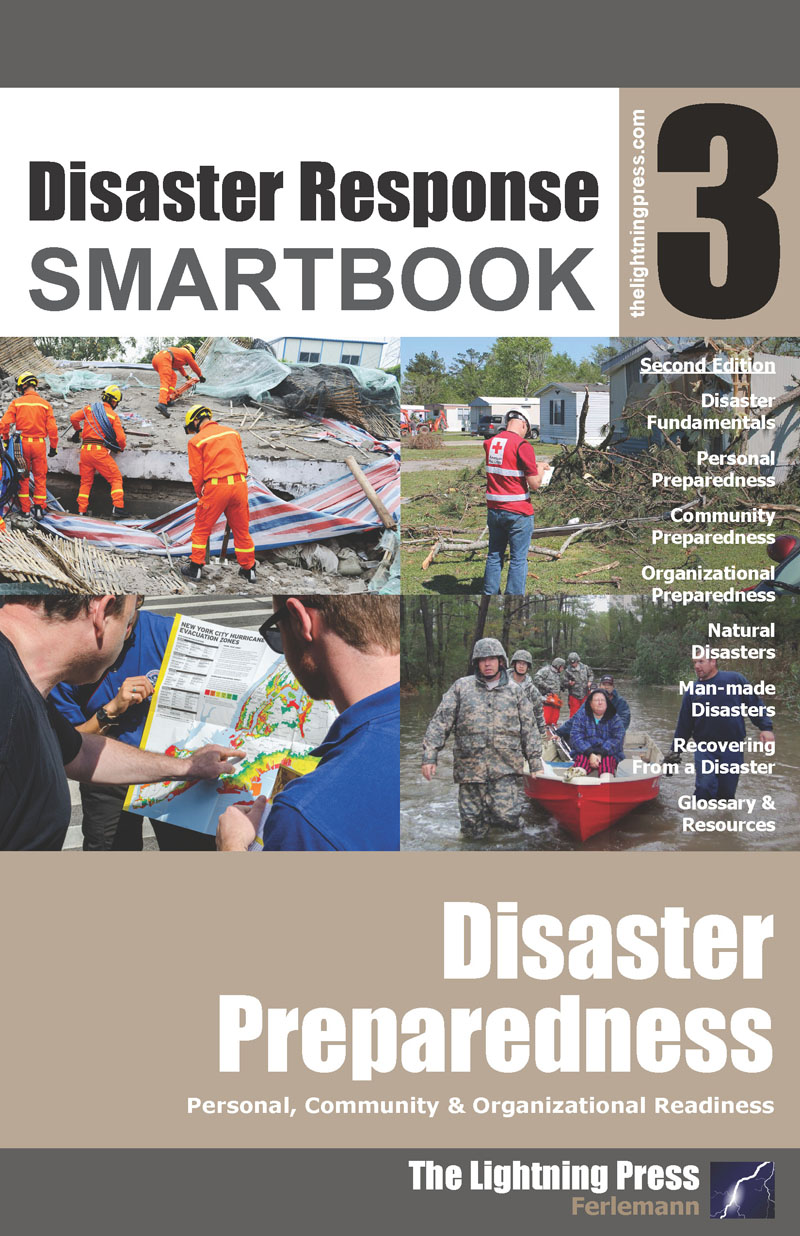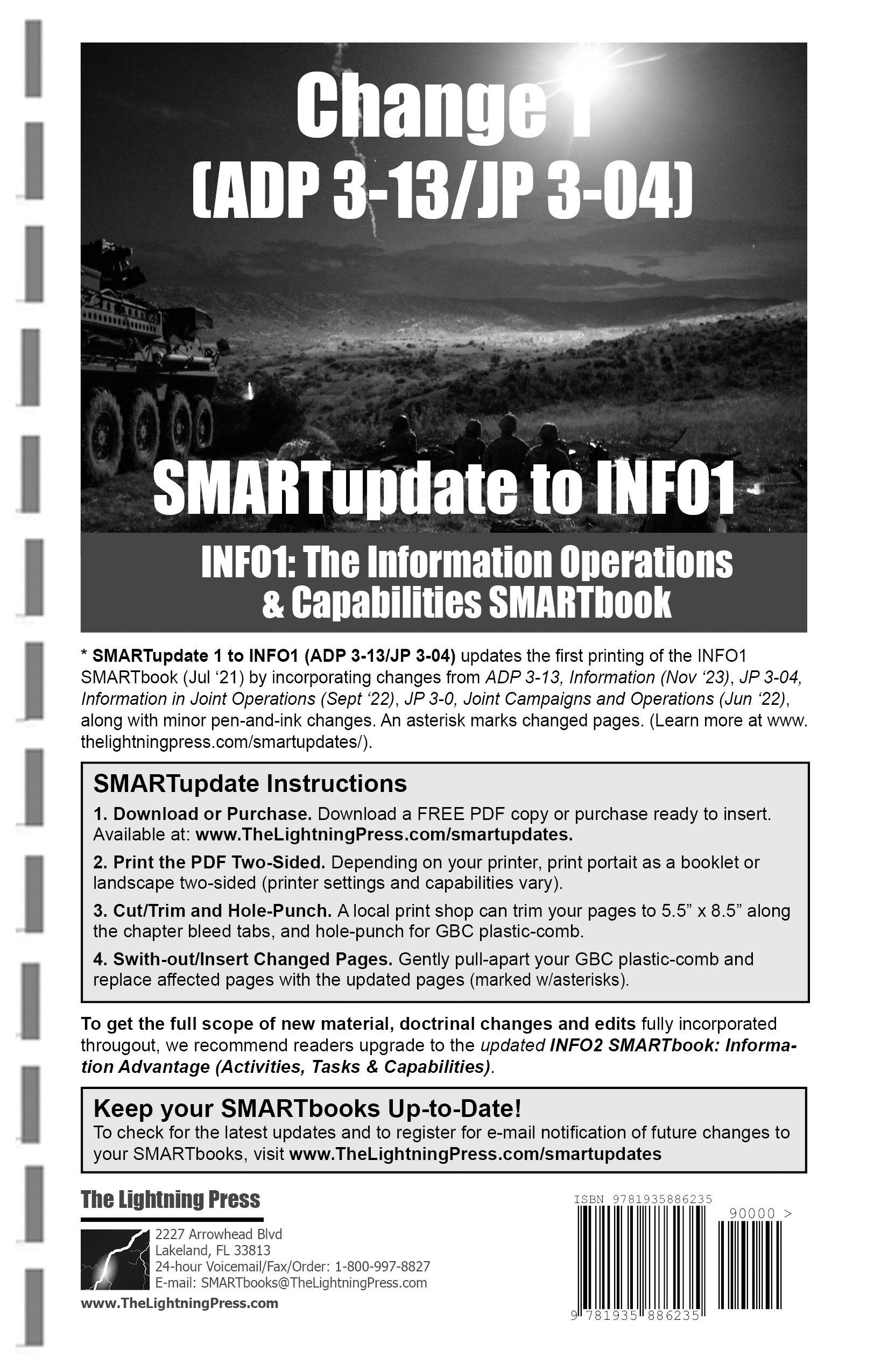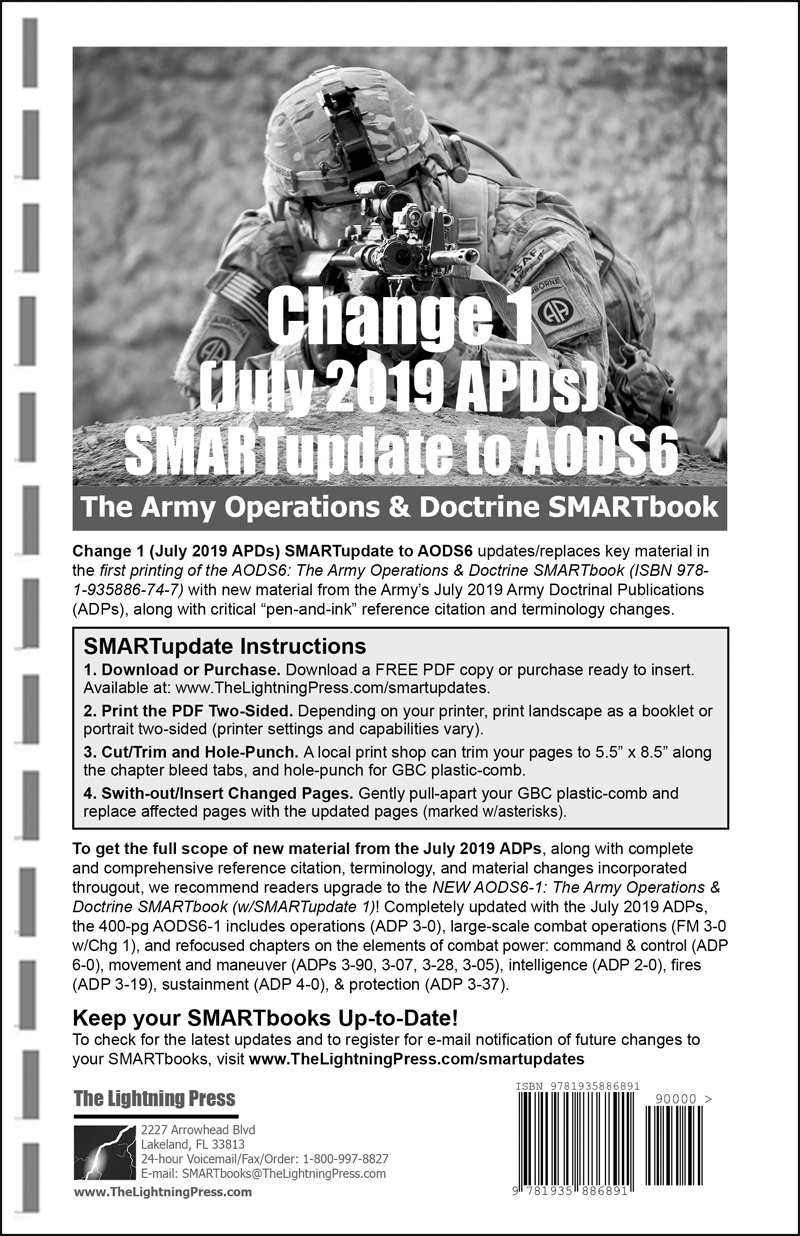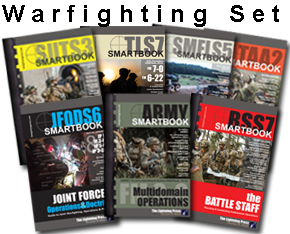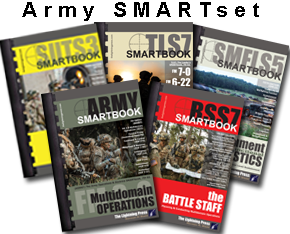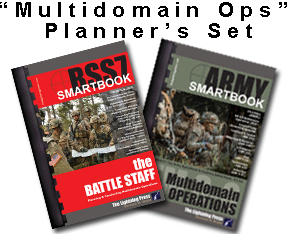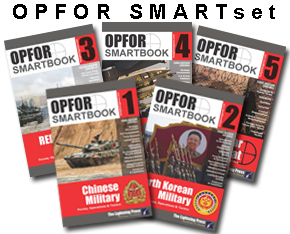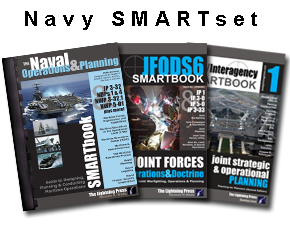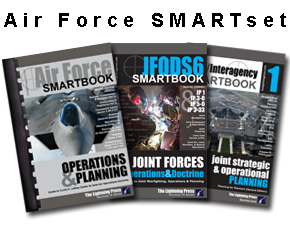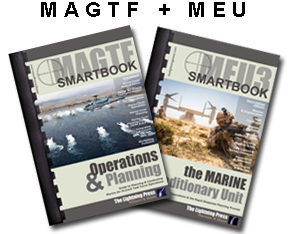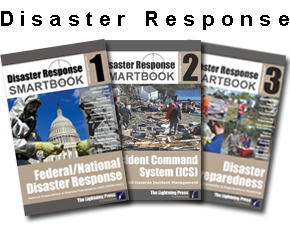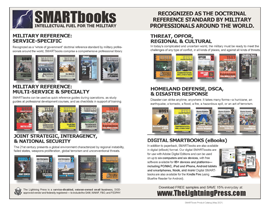The principles of training provide foundational direction for all commanders and leaders. These principles guide and influence training at every echelon. The following principles of training complement each other, providing task and purpose to every aspect of how Army forces train:
Commanders are the Primary Trainers
Commanders and leaders at echelon are responsible and accountable for the training and performance of their units. Commanders train and resource training one echelon down, and they evaluate to two echelons down. They are responsible for assessing unit training proficiency and prioritizing unit training. Subordinate unit leaders are the primary trainers of their elements. For example, a platoon leader is responsible for the training and performance of the platoon.
Noncommissioned Officers Train Individuals, Crews, and Small Teams; Advise Commanders on all Aspects of Training
Noncommissioned officers set the foundation for Army training. They train Soldiers, crews, and small teams to be battle-ready. They provide crucial input and advice to the commander on what is trained and how it is trained. This ensures the organization trains on its most important tasks down to the individual Soldier. Noncommissioned officers:
• Maintain responsibility for Soldier and small-unit training proficiency.
• Identify and train Soldier, crew, and small-team tasks.
• Help identify and prioritize unit collective tasks that support unit mission-essential tasks.
• Train and enforce task standards.
• Continually focus training on sustaining strengths and improving weaknesses.
• Develop junior noncommissioned officers and help officers develop junior officers.
• Provide timely and objective training advice to their officers.
• Assist in planning, resource coordination, support, risk mitigation, supervision, and evaluation of training.
Train Using Multiechelon Techniques to Maximize Time and Resource Efficiency
The Army fights as a team, and whenever possible, trains at echelon as a team. Additionally, the simultaneous training of multiple echelons on complementary tasks is the most efficient and effective way to train because it optimizes the use of time and resources.
Train as a Combined Arms Team
The Army fights as a combined arms team. To win, units must regularly train with the organizations they operate, and the capabilities with which they intend to fight. Leaders must proactively plan and coordinate training to account for as many elements and domains as possible with which they will operate.
Train to Standard Using Appropriate Doctrine
The Army trains to standard using appropriate doctrinal publications. A standard is the proficiency required to accomplish a task under a specified set of conditions that reflect the dynamic complexities of operational environments to include cyber, electronic warfare, and hybrid threats. Units training to achieve task proficiency should use a regionally based, decisive action training environment (for example, Europe, the Pacific, Africa, or the Caucuses). Leaders continue to train high priority tasks even after units achieve standards. They do this by increasing the complexity of task conditions, the levels of stress and by maximizing repetitions and sets until task mastery is achieved.
Train as You Fight
Leaders create training environments as close to combat-like conditions as possible. Such training environments include opposing forces (known as OPFOR) that replicate tough, realistic, and relevant near-peer threats in a variety of operational variables so Soldiers and units train to overcome the stress, chaos, uncertainty, and complexity of combat.
Sustain Levels of Training Proficiency Over Time
In training, commanders not only strive to reach training proficiency, but also seek to sustain levels of proficiency over time. Leaders understand the impact of task atrophy—that over time and circumstances, individual and unit skills naturally erode. Leaders actively and aggressively work to mitigate the effects of task atrophy by using available training resources to extend training proficiency when possible. Effectively leveraging live, virtual, and constructive environments assists leaders in sustaining training proficiency and enabling task mastery. Virtual training sets conditions for live training by allowing for unlimited task repetitions during the preparation phase of a training event and continued repetitions after execution helps sustain proficiency over time. Commanders are expected to sustain designated proficiency levels for mission-essential tasks, weapons qualification, and collective live-fire tasks within a ‘band of excellence.’ While commanders recognize the effects of task atrophy on unit training skills, they continuously mitigate the effects of task atrophy to sustain proficiencies over time.
Train to Maintain
Units train to maintain to keep personnel, equipment, and systems in the fight. Leaders ensure units conduct maintenance under all conditions to sustain effective combat power over time and significant distances.
To keep personnel in the fight and in line with the Army’s Action Plan to Prioritize People and Teams, leaders must foster a culture of holistic health and fitness (known as H2F) by understanding the system, trusting the system, and dedicating the time to make it work.
Units train to a level that is sustainable. As the unit progresses toward training proficiency, leaders must ensure there is adequate recovery, services, and maintenance operations to replenish Soldiers, equipment, and systems. This must be done prior to and while the unit executes its long-range training plan in order to achieve and sustain required training proficiencies.
Fight to Train
It is a commander’s duty to fight through distractions and protect training. It is the higher echelon commander’s responsibility to defend their subordinate organization’s approved training from un-forecasted requirements and to underwrite associated risk to lower priority missions. Regardless of the quality of planning and preparation, there will be challenges to the execution of training. The fight to train ethic separates great trainers and units from the others.
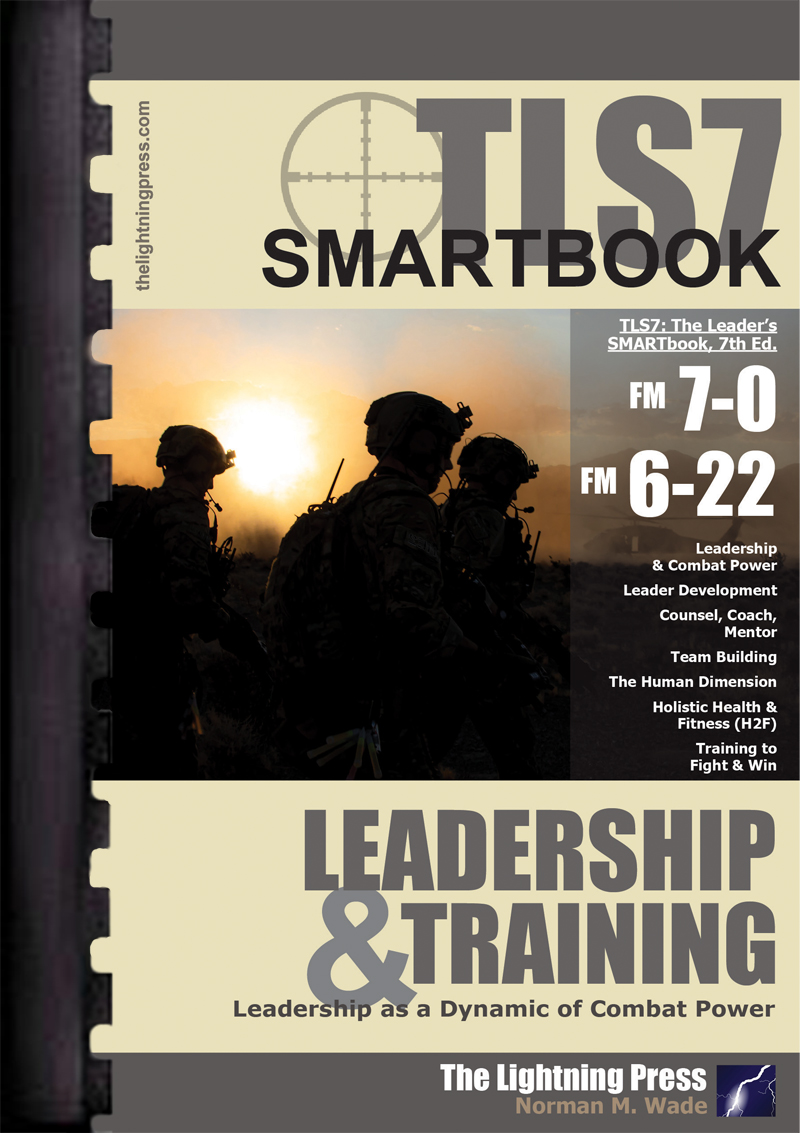 This article is an extract from "TLS7: The Leader’s SMARTbook, 7th Ed. (Leadership as a Dynamic of Combat Power)" by The Lightning Press. Download a free PDF sample and learn more at: TLS7: The Leader’s SMARTbook, 7th Ed. (Leadership as a Dynamic of Combat Power).
This article is an extract from "TLS7: The Leader’s SMARTbook, 7th Ed. (Leadership as a Dynamic of Combat Power)" by The Lightning Press. Download a free PDF sample and learn more at: TLS7: The Leader’s SMARTbook, 7th Ed. (Leadership as a Dynamic of Combat Power).
Browse additional military doctrine articles in our SMARTnews Blog & Resource Center.
About The Lightning Press SMARTbooks. Recognized as a “whole of government” doctrinal reference standard by military, national security and government professionals around the world, SMARTbooks comprise a comprehensive professional library. SMARTbooks can be used as quick reference guides during operations, as study guides at education and professional development courses, and as lesson plans and checklists in support of training. Browse our collection of Military Reference SMARTbooks to learn more.

